I understand that no Operating System is 100% safe. Although this backdoor is likely only affects certain Linux desktop users, particularly those running unstable Debian or testing builds of Fedora (like versions 40 or 41), **Could this be a sign that antivirus software should be more widely used on Linux desktops?
**
( I know this time is a zero-day attack)
What if, malicious code like this isn't discovered until after it's released to the public? For example, imagine it was included in the initial release of Fedora 40 in April. What if other malware is already widespread and affects more than just SSH, unlike this specific case?
My point is,
- Many people believe that Linux desktops don't require antivirus software.
- Antivirus can at least stop malware once it's discovered.
- Open-source software is protected by many parties, but a backdoor like this one, which reportedly took 2 years to plan and execute, raises my concern about being more cautious when choosing project code maintainers.
- Linux desktops will likely be targeted by more attacks as they become more popular.
IMO, antivirus does not save stupid people(who blindly disable antivirus // grant root permission) but it does save some lazy people.
OS rely heavily on users practicing caution and up-to-date(both knowledge and the system). While many users don't follow tech news, they could unknowingly be running (this/any) malware without ever knowing. They might also neglect system updates, despite recommendations from distro maintainers.
This is where antivirus software can be useful. In such cases, users might be somewhat protected once the backdoor signature is added to the antivirus database.
Thankfully, the Linux community and Andres Freund responded quickly to this incident.




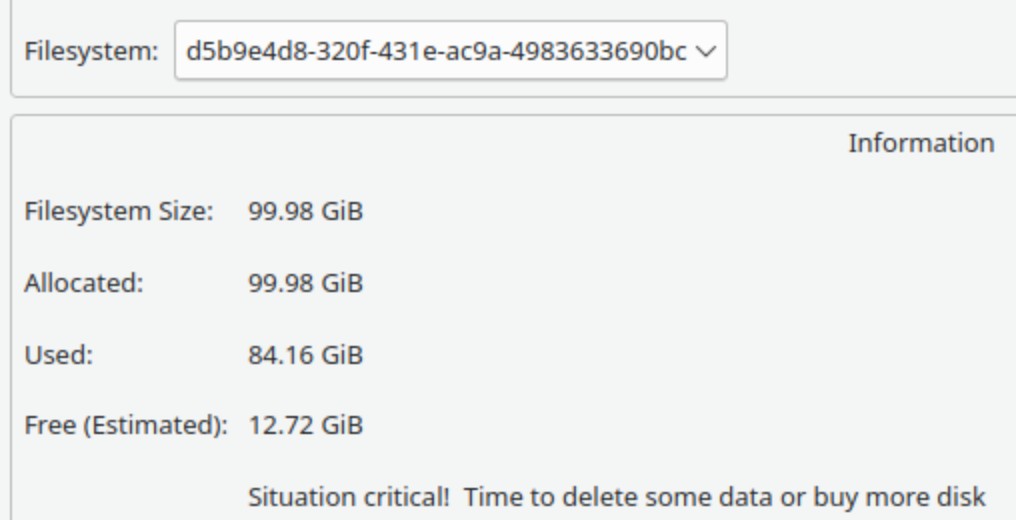

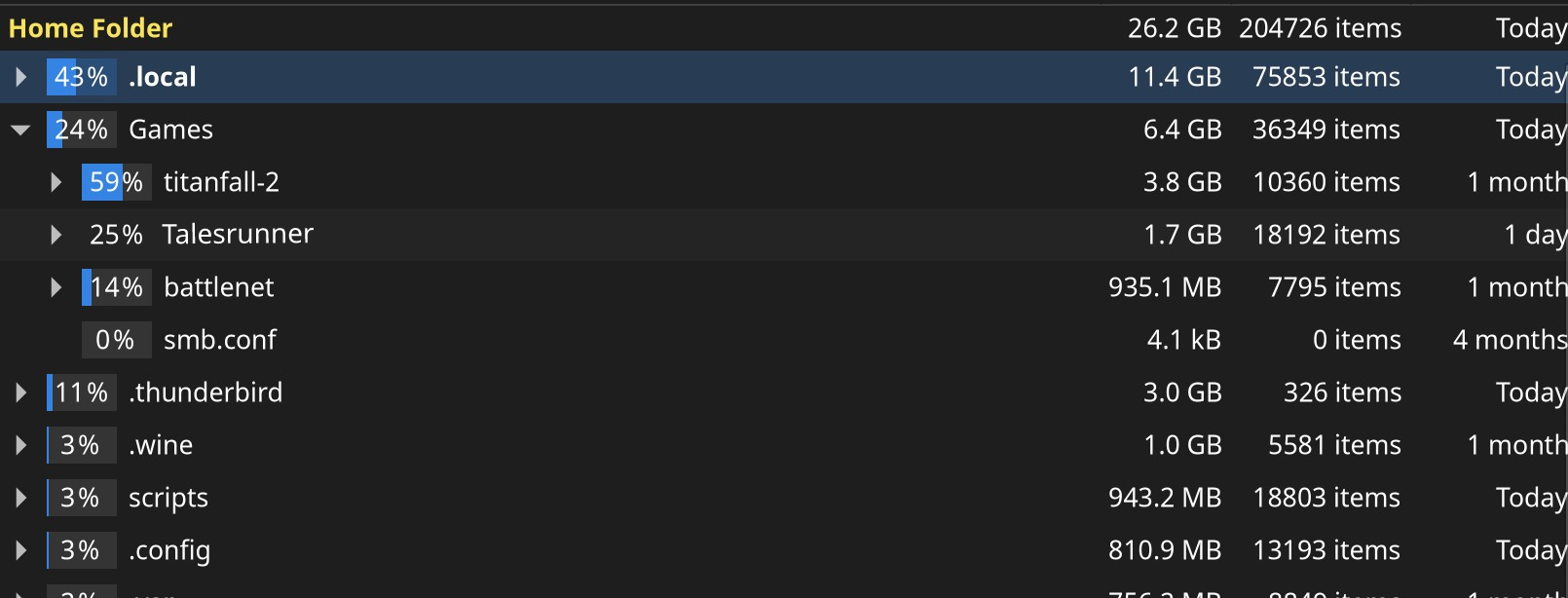
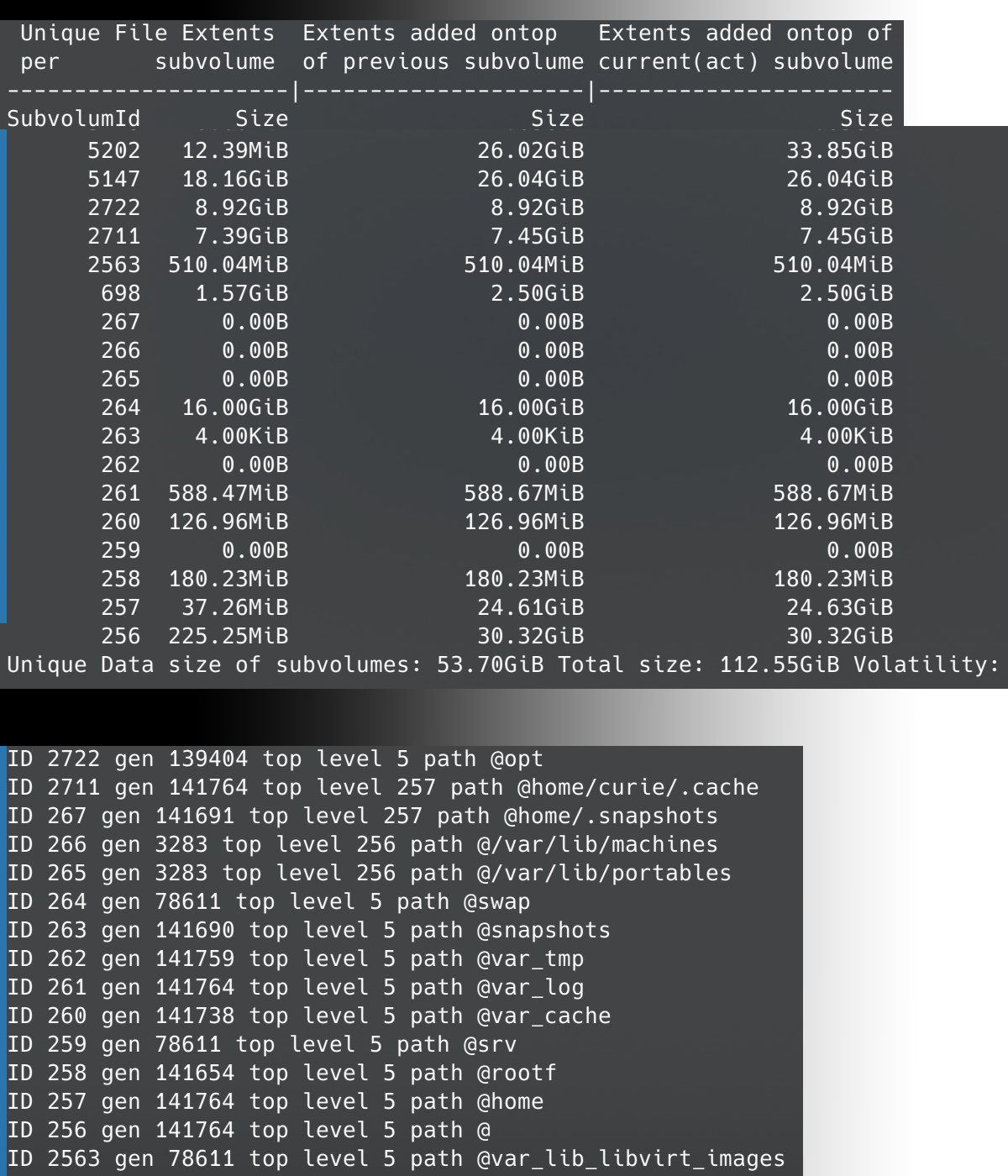
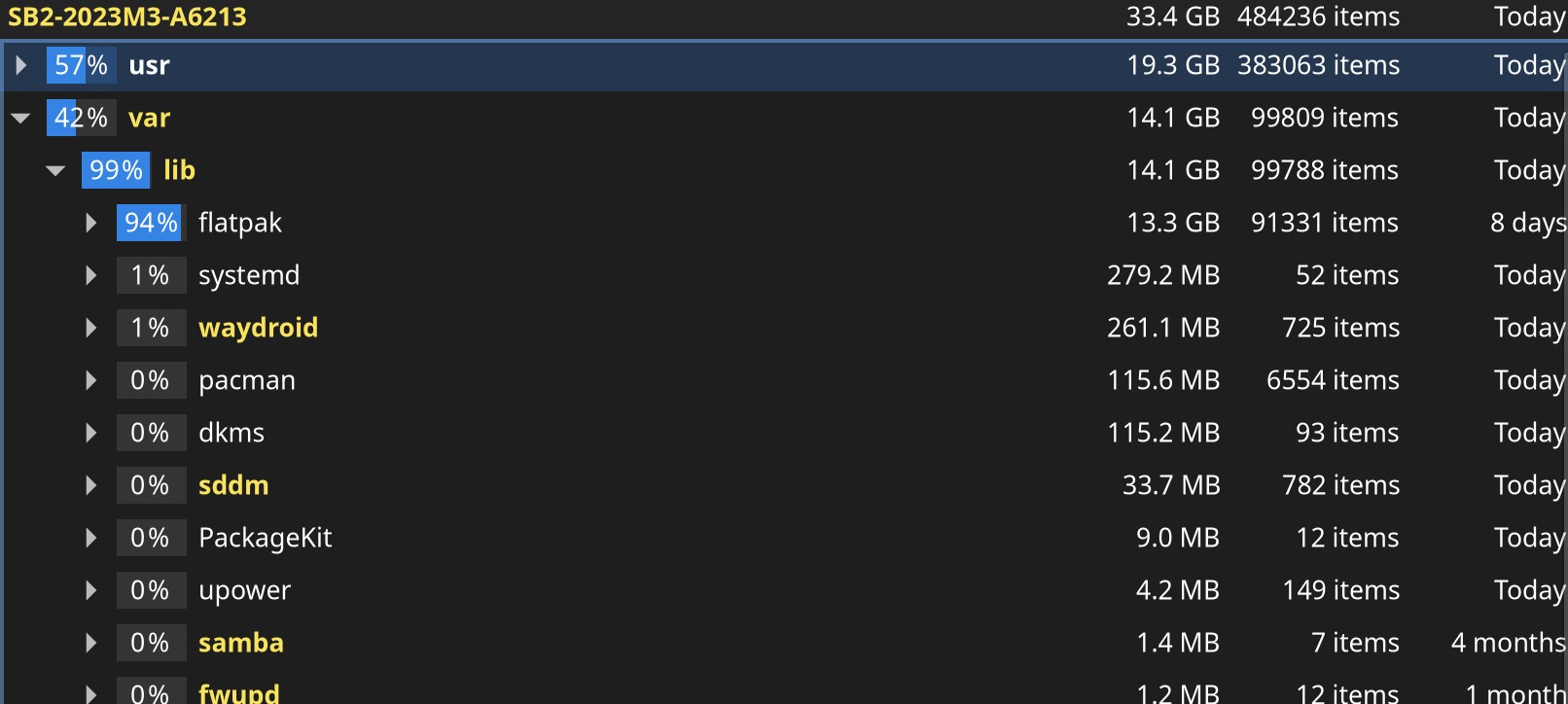
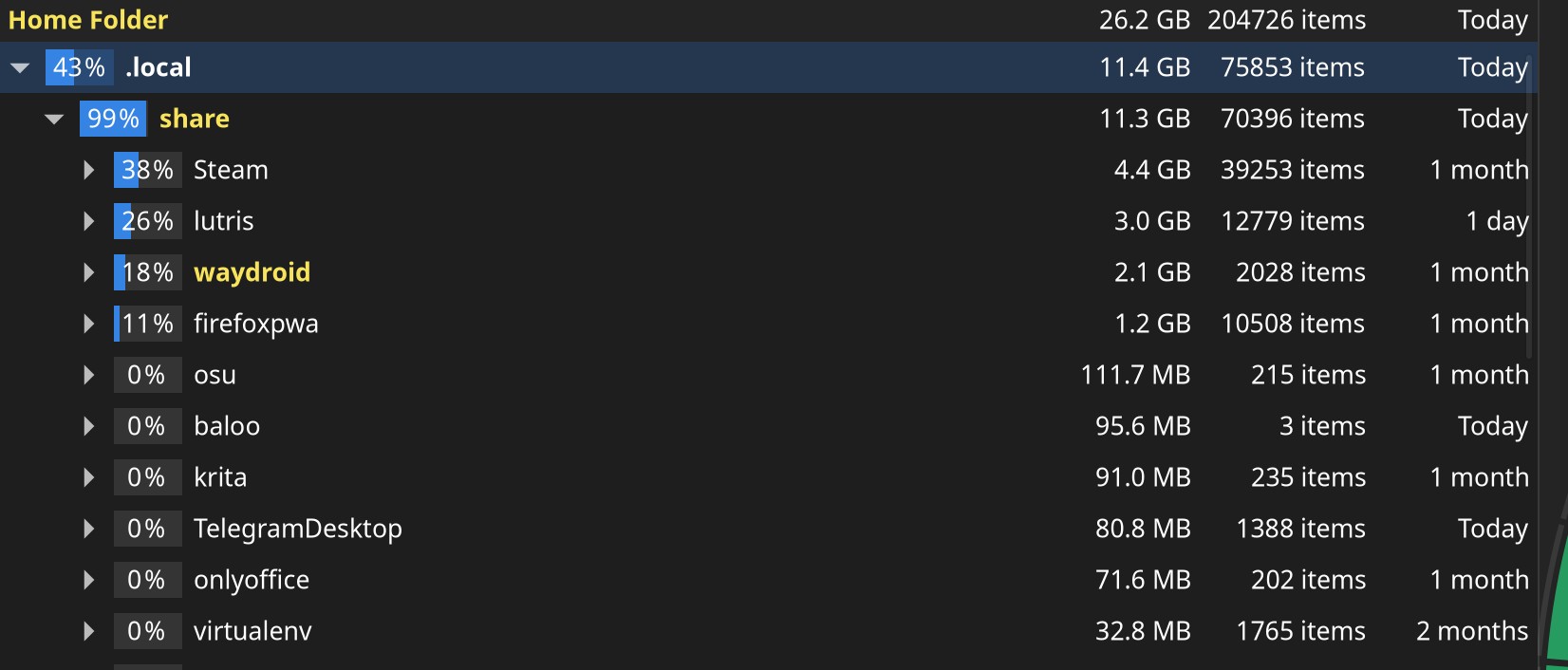

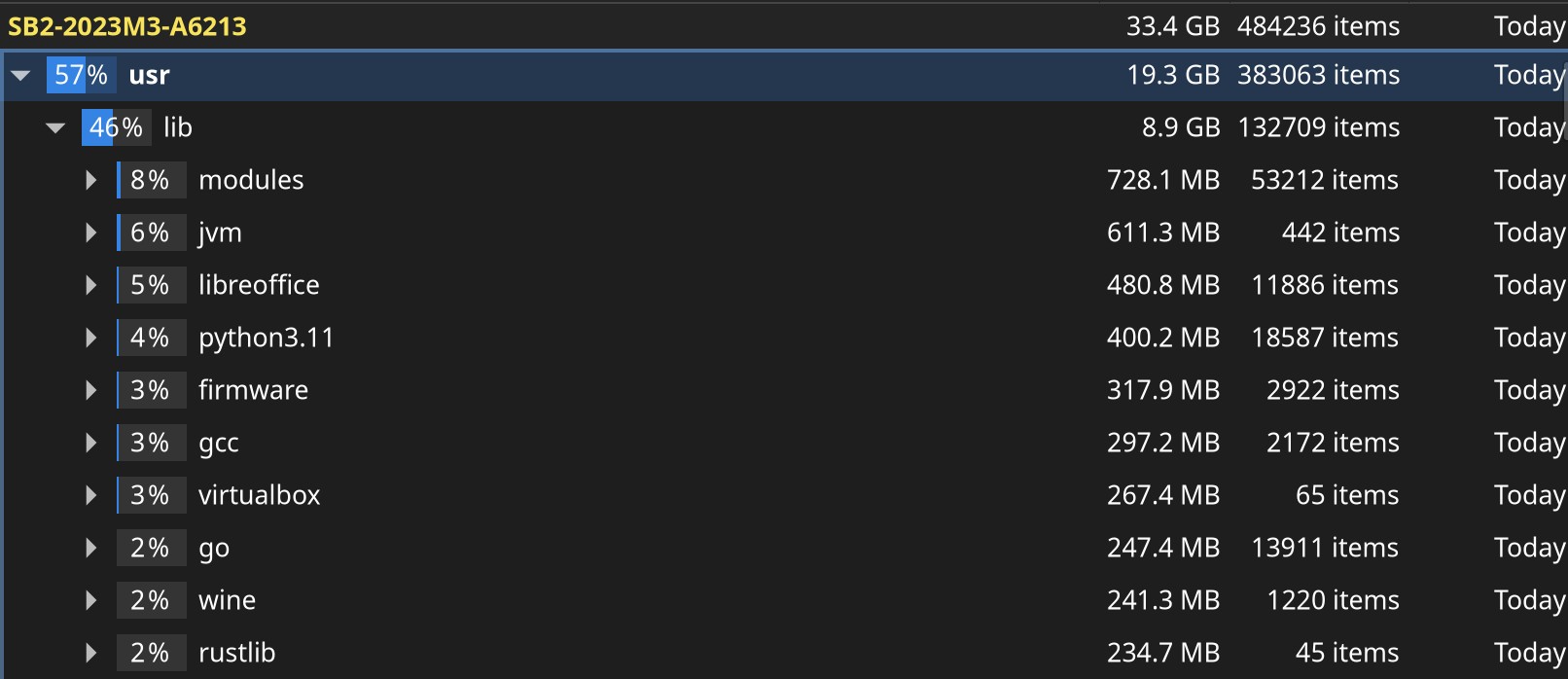
Exact issue like them:
exactly like this
https://bbs.archlinux.org/viewtopic.php?pid=2164410#p2164410
https://bbs.archlinux.org/viewtopic.php?pid=2166299#p2166299